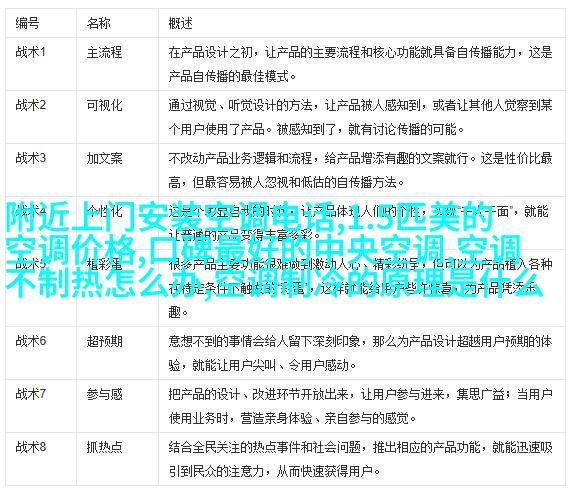在金属加工领域,尤其是在制造不锈钢产品时,退火处理是提高材料性能和改善其工作特性的重要步骤之一。退火过程涉及将材料置于一定温度下进行热处理,以达到降低内应力、改善机加工性、提高耐腐蚀性等目的。不锈钢管作为一种常用的工程材料,其在生产过程中的退火处理对于确保最终产品的质量至关重要。在这项工作中,不锈钢管退火炉扮演着不可或缺的角色。

首先,让我们来了解一下什么是不锈钢管及其退火过程。普通碳素合金steel通过合金化可以获得良好的抗腐蚀性能,这就是所谓的“不锈”steel。但即便如此,在高温、高压或者极端环境下,这些steel也可能会失去其表面的保护层,从而导致快速氧化和损坏。而经过精心设计和制造的retort furnace(简称为retort oven)则能提供足够稳定的高温条件,使得这些pipe能够实现更深层次的heat treatment,从而进一步增强其耐久性。
为了使得这个复杂的工程任务顺利完成,我们需要选择合适的地基和结构以支撑重量,并且确保设备与地面之间没有任何空气通道,以避免热量逃逸。这意味着retort furnace必须具有坚固可靠的大型铸铁底座以及精密打磨过的地面以支持重物。在整个构建过程中,安全始终是第一位要考虑的问题,因为操作温度非常高,对人员安全有直接影响。

一旦所有准备就绪,不错鋼tube就会被放入预先加热至指定温度的小型oven或preheating chamber,然后再被转移到大型retorting furnace内部。这里,每个step都要求高度准确控制:从加载到卸载,以及每一个temperature ramp-up phase,都需要精细调整以保证最佳效果。此外,还有一些特殊情况,比如使用nitrogen gas作为working medium来减少oxidation risk,以及采取措施防止micro-crack formation等。
接下来,我们来探讨一下为什么这么做对notched steel tube so important。首先,最明显的一点是降低residual stress levels。这一步对于preventing cracking and premature failure至关重要,因为它可以帮助去除由于manufacturing process引起的一些微小裂纹,同时还能保持整体结构完整无损。此外,它也有助于增加material strength,进而提高整个system's performance capacity,即使在最恶劣条件下也不容易出现故障。

另外,当we talk about heat treatment for notched steel tubes时,还有一个关键因素,那就是homogenization of microstructure。这个process involves heating the material to a specific temperature range, then cooling it down slowly under controlled conditions. This helps to distribute alloy elements more evenly throughout the material, leading to improved corrosion resistance and overall durability.
Lastly but not leastly, heat treating can also help improve machinability of the material. When we talk about machining complex shapes or intricate designs, having a smooth surface finish is crucial. Heat treating can help achieve this by reducing hardness and brittleness while preserving the structural integrity of the pipe.

In conclusion, when it comes to improving performance and ensuring quality in notched steel tubes through heat treatment processes involving retorts furnaces – these specialized pieces of equipment are essential tools in any metal fabrication workshop or factory setting. By understanding their design requirements as well as how they work together with other components during various stages of manufacturing process – we can appreciate just how much impact they have on delivering high-quality end products that meet stringent industry standards for safety reliability performance efficiency & cost-effectiveness alike!




